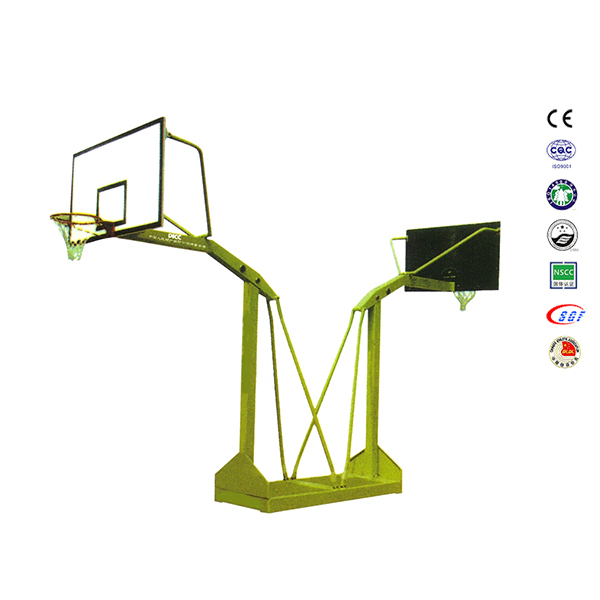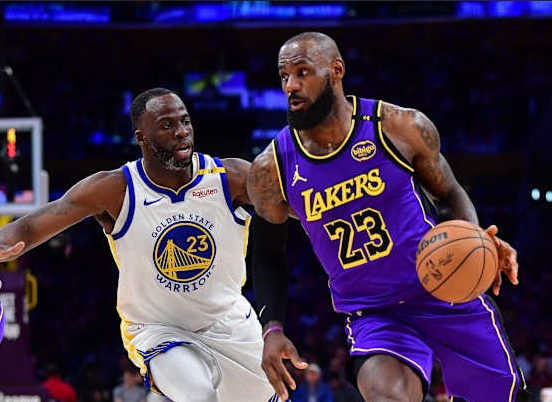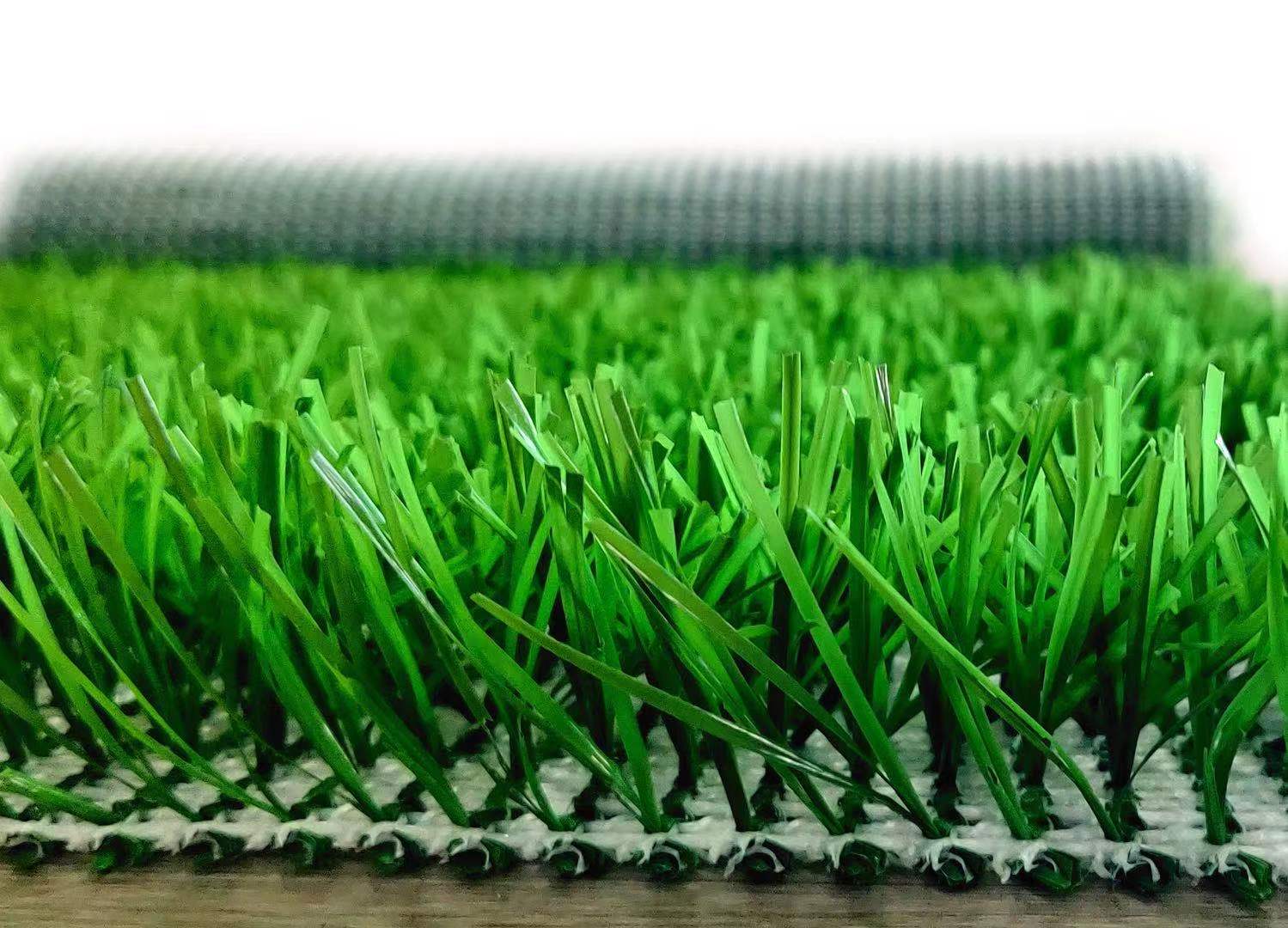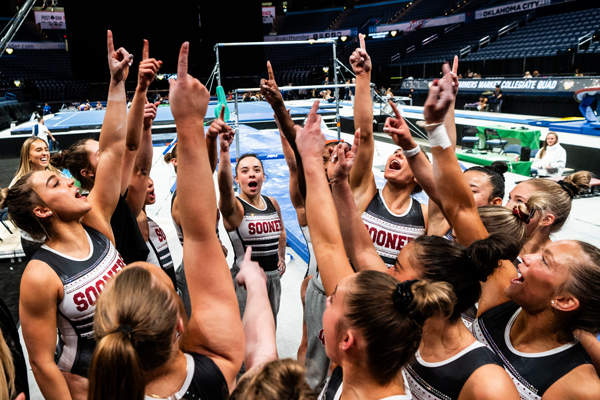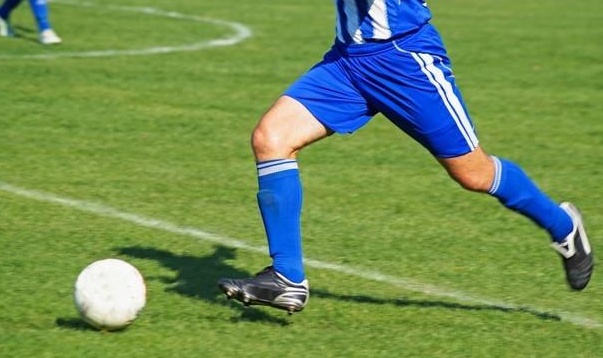Product
How to play soccer rules
Basic Info
An official soccer match is officiated by a referee, two assistant referees and a fourth official. The referee has the final decision on the field and decides whether to extend the game time, postpone or stop the game.
Origin:
Soccer is an ancient sporting activity with a long history. The modern soccer game originated in England, from England to Europe, from Europe to the world. --Modern soccer has become the most popular sport in the world, becoming the world's number one sport! Soccer originated from an ancient Chinese ball game called “Cuju”, which was later spread to Europe by the Arabs and developed into modern soccer. Therefore, the original birthplace of soccer is China.The size of the field:
The field of play for soccer must be rectangular and the length of the sidelines must be longer than the length of the goal line. Length: 90-120 meters, width: 45-90 meters; international matches: length: 100-110 meters, width: 64-75 meters, the World Cup uses a length of 105 meters and a width of 68 meters.
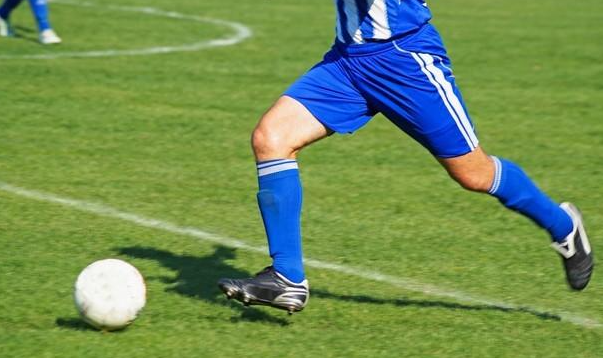
Children playing football on the football field
Drawing Lines:
The playing field is marked with lines that serve as boundary lines for the various areas of the field contained within each area.The two longer boundary lines are called side lines and the two shorter lines are called end lines. All lines are no more than 12 centimeters (5 inches) wide. The playing field is divided into two halves by the center line, a center mark is made at the midpoint of the center line of the field, and a circle is drawn with a radius of 9.15 meters (10 yards) from the center mark. At each corner of the field, erect a flat-topped flagpole no lower than 1.5 m (5 ft) with a small flag tied to it. Flagpoles may also be placed at the ends of the center line and not less than 1 meter (1 yard) beyond the sidelines.
Goal Areas:
The goal areas are at the ends of the field and are defined as follows: from a point 5.50 meters (6 yards) inside the goal posts, two lines perpendicular to the goal line are drawn. These lines extend 5.50 meters (6 yards) into the field of play and connect with a line parallel to the goal line. The area bounded by these lines and the goal line is the penalty area.

Custom full size professional soccer field
Penalty Area:
The penalty area is at each end of the field and is defined as follows:
From 16.5 meters (18 yards) from the inside of each goal post, two lines perpendicular to the goal line are drawn, and these lines extend 16.5 meters (18 yards) into the field of play, connecting with a line parallel to the goal line. The area bounded by these lines and the goal line is the penalty area. In each penalty area, a penalty spot is set 11 meters (12 yards) from the midpoint of the equal distance between the goal posts. Outside the penalty area, an arc is drawn with a radius of 9.15 meters (10 yards) from each penalty point.Corner kick area:
Inside the playing field, a quarter circle is drawn with a radius of 1 meter (1 yard) from each corner flagpole, and the area inside the arc is called the corner kick area.Goals:
Goals must be placed in the center of each goal line. They consist of two vertical posts equidistant from the corner flagpole and a horizontal crossbar connecting their tops. The distance between the two posts is 7.32 meters (8 yards) and the distance from the lower edge of the crossbar to the ground is 2.44 meters (8 feet). The two goal posts and the crossbar have the same width and thickness not exceeding 12 centimeters (5 inches). The goal line is the same width as the goal posts and crossbar. The goal net may be tied to the ground behind the goal and the goal, and must be properly braced so as not to interfere with the goalkeeper. The goal posts and crossbar must be white.

Best soccer cage field for sale
Ball:
The competition ball shall have a shell made of leather or other permissible material, and no material may be used in its construction that could injure a player. The circumference of the ball shall be no longer than 70 centimeters (28 inches) and no shorter than 68 centimeters (27 inches); the weight shall be no more than 450 grams (16 taels) and no less than 410 grams (14 taels) at the start of the match; and the pressure shall be equal to 0.6 to 1.1 atmospheres (600 to 1,100 grams per square centimeter, 8.5 to 15.6 pounds per square inch) at sea level.Player's uniform style:
Players' game jerseys, style and color must all be the same, but goalkeepers may be different. Player numbers are generally chosen from 0-99 ask, and the numbers need to be printed on the front and back of the jersey.Number of players:
1. There shall be two (2) teams in a game, with no more than eleven (11) players per team, including one (1) goalie. If either team has less than 7 players the match cannot start. 2.2. a maximum of three substitutes may be used per match in official matches organized by FIFA, Intercontinental Confederations or National Associations.
3. the competition regulations shall state how many substitutes may be nominated, from three to a maximum of seven.
4. In other matches, substitutes may be used in accordance with the following provisions:
a. agreement between the teams concerned on the maximum number of substitutes.
b. the referee is notified prior to the match; if the referee is not notified prior to the start of the match or if the teams have not reached any agreement, the number of substitutes that may be used may not exceed the maximum number of substitutes.
5. In all matches, the list of substitutes must be given to the referee before the start of the match. Substitutes who have not been nominated may not play in the match.
Substitution Procedures:
The referee shall be notified prior to substitution;A substitute may not enter the field of play until the substituted player has left the field of play and has been signaled to do so by the referee;
A substitute may enter the field of play from the center line only when play is stopped;
The substitution procedure is completed when the substitute enters the field of play;
From that moment on, the substitute becomes a member of the team on the field of play and the substituted member terminates as a member of the team off the field of play;
The substituted player may not play again in that game;
The referee has the right to exercise authority over all substitutes whether they are on or off the field.
Any field player may interchange positions with the goalkeeper with provisions for: notifying the referee prior to interchanging positions; and interchanging positions at the stoppage of play.

Customized 2-in-1 basketball court and football field
Infractions/Penalties
If a substitute enters the field of play without permission from the referee:1. stop the game:
The substitute is warned and shown a yellow card and made to leave the field of play;Play is restarted with a drop ball at the spot where the ball was located at the time play was stopped.
If the player has not obtained permission from the referee before changing places with the goalkeeper:
2. to continue play;
The player concerned will be cautioned and shown a yellow card when the game becomes dead.For any other breach of this rule:
The player concerned will be warned and shown a yellow card.
3. If the referee stops play to enforce the warning:
Play is restarted by an indirect free kick taken by a player of the opposing team at the place where the ball was at the time play was stopped.A player who is sent off before the kick-off may only be replaced by one of the nominated substitutes. Where a nominated substitute is sent off, he or she may not be replaced either before kick-off or after the match has started.
Player Equipment:
Necessary equipment for players taking the field are: sports tops, shorts, socks, shin guards and soccer cleats.Time Limits:
Playing time shall be divided into two equal halves of 45 minutes each, with time lost in each half due to substitutions, dealing with injuries, delays and other causes to be made up, the amount of this time to be determined by the referee.Start of Play:
Play begins after the kick-off or a goal is scored and play (continues).A player drives the ball from the center circle;
All players should be in their own half of the field before kick-off.
A coin toss is used before the game, the wrong guesser gets the kick off and the right guesser gets to choose which half they want to play in.
At the end of the first half, the kick-off is exchanged for the second half. The game resumes after a goal is scored and the kickoff is taken again;
Substitutions:
Each team may substitute three players during the match, but the players who have been substituted out may not be substituted back into the match.
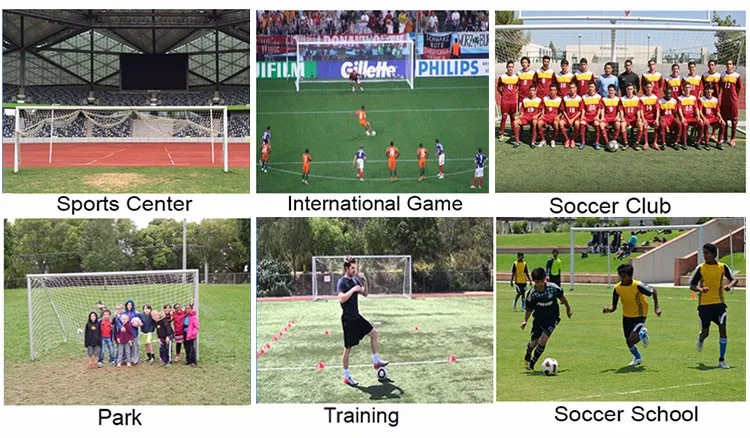
Customize various types of football goals
General Rules:
1. The goalkeeper may receive the ball with his hands in the penalty area, but may not receive a return pass from one of his own players with his hands.2. Out-of-bounds balls:
An out-of-bounds ball is kicked off with the hands, and the player throwing the ball out of bounds must have both hands on the ball, which must be thrown through the back of the head.3. corner kick:
When a defending player kicks the ball off his own line, a corner kick is awarded to a player of the attacking team. 4. Free Kicks: Free kicks are divided into direct free kicks and ask-and-receive free kicks. Direct free kicks can be shot directly at the goal, while ask-and-receive free kicks must be touched by two or more players and shot at the goal before they are recognized, and the defending player must be ten yards away from the kick-off when the free kick is taken.4. Free Kicks:
Free kicks are divided into direct free kicks and ask-and-catch free kicks. Direct free kicks can be shot directly at the goal, while ask-and-catch free kicks must be touched by two or more players and shot at the goal before they are recognized, and the defending player must be ten yards away from the kick-off when the kick-off is taken.5. Penalty for Fouls:
Depending on the status of a player's foul, there are verbal warnings, yellow cards and red cards.Verbal warnings and yellow cards are only warnings, but a player who accumulates two yellow cards in the same match will receive a red card, in which case the player will be sent off and the team will be allowed to play with ten men for the rest of the match.
6. Offside:
When a player passes the ball to a teammate who is closer to the line than the defending player.7. Penalty kick:
When a player is in the penalty area of his own team for a violation of a rule that could result in a direct free kick, a penalty kick is awarded and the ball is kicked from the penalty spot.

The match is decided:
The Golden Goal System and Kicked Penalty Kicks are the methods used to determine the winner of a match when the match is tied and the winning team needs to be determined, as required by the competition regulations.1. Golden Goal System
In an overtime game played at the end of regulation time, the team that scores the first goal is the winner.If no goal is scored in overtime, the winner is decided by kicking a penalty kick.
2. Penalty Kicks
The referee selects the goal to be used for penalty kicks.A coin toss is used, and the team that guesses is the first to kick.
The referee records the kicking penalty.
Both teams should kick 5 times each according to the following explanation.
Both teams take turns kicking.
If before both teams have kicked the full 5 times, one team has scored more goals than the other team could have scored if they had kicked the full 5 times, no further kicks need be taken.
If both teams have kicked the full 5 times and both teams have scored the same number of goals or both have ended up scoring a goal, they take the same turn in the order of
Penalty kicks are taken in the same rotating order until both teams have taken the same number of kicks (without having to kick five goals) and one team has scored one more goal than the other.
If, during the kicking of a penalty kick, the goalkeeper on the field is injured and cannot continue, he may be replaced by a substitute who has been nominated and has not yet been used, up to the maximum limit specified in the competition regulations.
Except in the circumstances described in the previous Article, only those players who were on the field at the end of the match, including at the end of a stipulated extended period of play, may take part in kicking a penalty kick.
A different player shall kick the penalty kick each time until both eligible players have kicked once before a second kick is taken.
More LDK football product recommendations:
Football Cage
Futsal Goals
Metal Football Goal
Aluminum Football Goal
Foldable Football Goal
Portable Football Goal
Mini Football Goal






